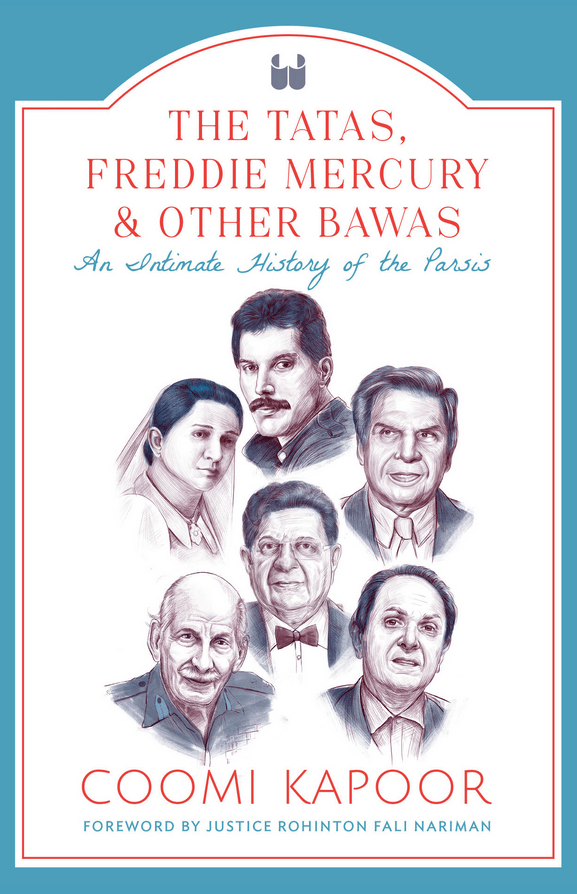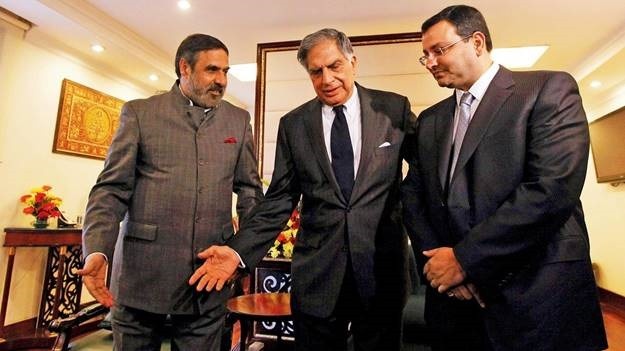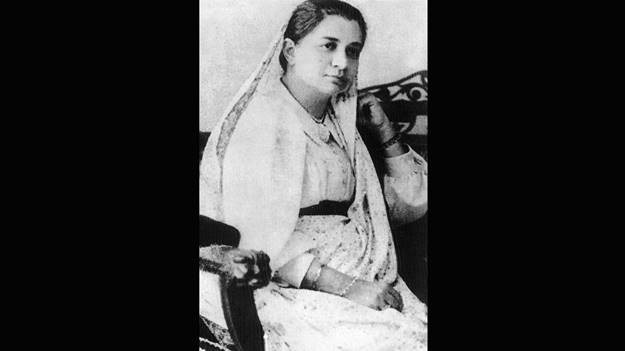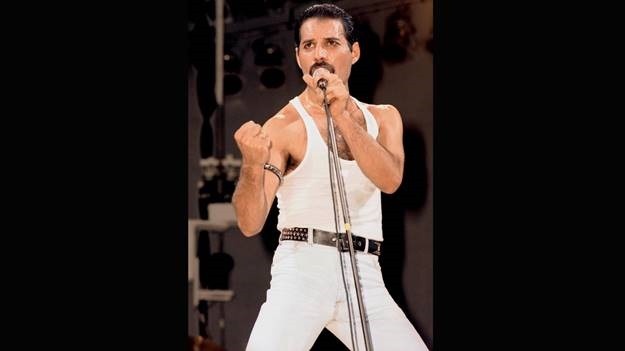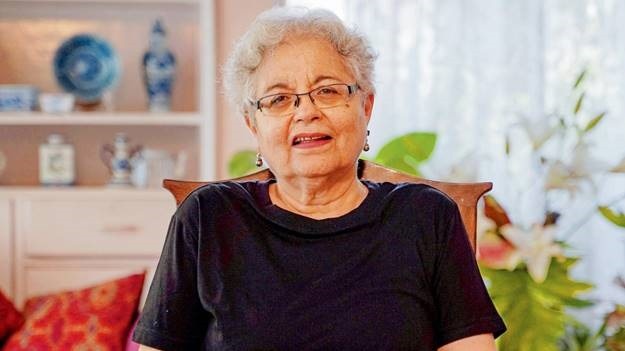Bombay’s first rioters and go-getters
Spurred by the events of the now infamous Ratan Tata versus Cyrus Mistry controversy, Coomi Kapoor explores the history of the Parsi community through its most prominent names, and how they transformed cities with their entrepreneurial genius
Bombay was once synonymous with the Parsis. And, the Parsis with Bombay. Reading Delhi-based author-journalist Coomi Kapoor’s new biography of the community, The Tatas, Freddie Mercury and Other Bawas: An Intimate History of the Parsis (Westland), we are made aware of this, once too many.
Such was their presence in the 19th century, that unlike today where the Parsis are invisible in numbers, they dominated every sphere of life, be it business, education, trade, commerce or culture. The statistics are remarkably telling. Back in 1860, there were 615 Parsi students in high school in Bombay, compared to 441 Christians, 239 Hindus, 15 Muslims, and 22 others. Nearly 60 years later, though amounting to only 0.03 per cent of the city’s population, they earned 7 per cent of the engineering degrees, 5 per cent of the medical degrees, and 2 per cent of science degrees.
A decent part of Kapoor’s book engages with the Ratan Tata versus Cyrus Mistry controversy. A photo of Ratan Tata (centre) and Cyrus Mistry meeting then Commerce and Industry Minister Anand Sharma in Delhi in 2011. Pic/Getty Images
“The Parsis were among the earliest residents of the city. They even predate the arrival of the British,” Kapoor tells us, in a telephonic interview. “The Portuguese king handed over the island of Bombay to the English, as part of his daughter Catherine’s dowry in 1688. But, the first Parsi fire temple was built as early as 1673 [in the Fort area],” says Kapoor. “So, they were obviously here long before that.”
For the next 200 years or so, the Parsis would grow from strength to strength, but the dog-loving community’s revolt in 1832, is likely to have alarmed the British, feels Kapoor. Around “200 Parsis had attacked policemen” who were rounding up stray dogs, who were to be culled by the British authorities. Known as the Bombay Dog Riots, one of the first instances of rioting in the modern history of the city, the event would mark a change in the social fabric of the city. “Until before this, the British had encouraged the Parsis to come from Gujarat to Bombay.” But after this incident, the authorities felt the need to diversify the population, actively encouraging other communities to migrate to the city as well. “It changed the whole composition of Bombay.”
Revolutionary leader Bhikhaiji Cama, who came from an aristocratic Parsi family quit her job as Dadabhai Naoroji’s secretary, to join the extremist wing to fight for India’s freedom. Pic courtesy/Wiki Commons
Kapoor’s interest in the history of her community and her own roots, began late. During a pilgrimage to the Parsi heritage sites in Gujarat—Sanjan, Navsari, Udvada and Surat—a person escorting her had enquired whether her ancestors were from Navsari or Surat. Having grown up in Mumbai with little knowledge about her community, Kapoor remembers being stumped by the question. “I hadn’t until then taken any interest in tracing my maternal ancestors in Pune,” she says. As she explored her family tree, she learnt that her paternal family was from Surat, and her mother’s from Navsari; her maternal grandfather, Dastur Nosherwan Jamasp Asa, was the high priest of the Deccan, Poona, now Pune. This discovery took on a whole new meaning, when she was “fortuitously” asked to pen a book on the history of the Parsis.
“I was thinking how to do it, when in 2016, the Tatas had their famous fallout. And I realised immediately that it would be my intro [for the book].”
A decent part of Kapoor’s book engages with the Ratan Tata versus Cyrus Mistry controversy—and Kapoor admits, maybe even “disproportionately”. The role of Nusli Wadia, chairman of the Wadia Group, and a director on three major Tata company boards for several decades, only added to the corporate boardroom stand-off. But, this convergence of the business families, also enables her to delve deeper into exploring their past. “I followed the story keenly, reading everything that was being written about them in the business newspapers. But, I realised the articles weren’t really capturing the history of these colourful characters, and why they are fighting today,” she adds.
Music icon and member of English rock band, Queen, Freddie Mercury was born Farrokh Bulsara but appeared uninterested in his ethnic roots. Pic/Getty Images
The Parsis practise Zoroastrianism, which is considered the world’s oldest monotheistic religion. As per the account in Kisseh-i-Sanjan, written in the 16th century by the Parsi priest Bahman Kaikobad Sanjana, they are said to have arrived in India around the 8th century. Legend goes that the Persian migrants, who resisted conversion to Islam, left their home fearing persecution. A small group landed in Sanjan, a port in Gujarat, where they were granted asylum by a Hindu Gujarati king, Jadi Rana, if they adhered to certain conditions, writes Kapoor.
The cast of characters in her book is as wide as it’s varied, from businessmen, lawyers, doctors, academicians, to politicians, including the unassuming Feroze Gandhi overshadowed by his wife Indira Gandhi and cultural mascots like Zubin Mehta and even Freddie Mercury, who appeared uninterested in his ethnic roots, so much so that “in 2005 when a prestigious Parsi publication compiled an encyclopaedia of eminent Parsis of the 20th century, it did not mention Freddie”. There’s Lovji Nusserwanjee Wadia—a descendant of Nusli—who was the founder of Bombay’s shipping industry. “The Parsis saw an opportunity in Bombay, and they took it,” says Kapoor. “Even before the British came, the city served as a natural port. They were actively involved in trade, and were happy to mix with the Portuguese, Dutch, French and British, becoming the agents, translators, and shipbuilders.” Lovji and his brother Sorabji, who hailed from a longline of shipbuilders from Surat, were invited by the British to Bombay to build India’s first dry dock. Seven generations of the Wadia family continued in the family profession. The family today is best identified with its textile group, Bombay Dyeing & Manufacturing Company. “Not many have heard about Jeejeebhoy Dadabhoy, who is known as the father of the industrial age in Bombay. He started a steam navigation company [Bombay Steam Navigation Company], due to which many more people started migrating and moving to the city, making it a financial capital.”
Coomi Kapoor’s interest in the history of her community began late, during a pilgrimage to the Parsi heritage sites in Gujarat when she was asked whether her ancestors were from Navsari or Surat. Pic/Nishad Alam
The role of Parsi women in education, philanthropy, the arts and even India’s independent struggle, also offers interesting insight into their early emancipation. “They were educated much earlier than most Indian women, and so, had this head-start. This is why they were among the first to break the glass-ceiling.” Among the more remarkable women was Bombay-born revolutionary leader Bhikhaiji Cama, best known for unfurling the precursor of the Indian flag at a conference in Germany, almost 40 years before the country won its Independence. “Hers was a very inspiring story. Here was this woman from an aristocratic family, which was beholden to the British government. But, she was a total rebel, and a rebel to the extreme,” adds the author. “She quit her job as Dadabhai Naoroji’s secretary, and went to London, becoming part of the extremist wing. She also believed Hindi should be the national language of the country, and was willing to protect Veer Savarkar, whom her community considered an anarchist, and even took on the blame for him, for sending pistols from Europe to the revolutionary leaders back home. When she returned to India in the last years of her life, her community totally disowned her. But, one cannot ignore that Bhikhaiji was remarkable, and far ahead of her time.”

